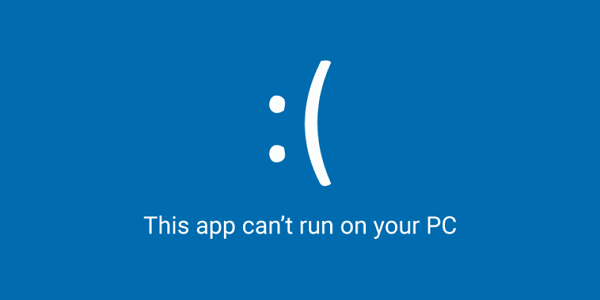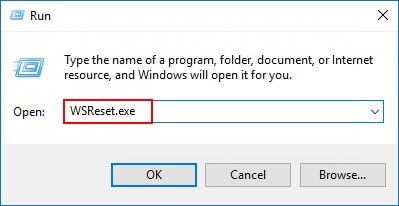

- How to open keepsafe files on pc with cmd how to#
- How to open keepsafe files on pc with cmd manual#
- How to open keepsafe files on pc with cmd code#
- How to open keepsafe files on pc with cmd windows#
Anyone attempting to type the file as is will see an empty file, just as we did earlier. However, dir /a does show the file, but doesn't show the ADS extension. Type dir again and the command prompt says that there are no files here. Enter the command cd Hidden to move to it. Back in the command prompt, the dir command doesn't reveal the hidden directory, but there are ways around this.
How to open keepsafe files on pc with cmd windows#
The folder disappears from Windows Explorer. Click the radio button to apply the change to any sub-folders and files contained within Hidden and click 'OK'. In the sub-window that appears, down in the 'Attributes' section, select the tick box for 'Hidden'. Next, right-click the folder and select 'Properties'. In Windows Explorer, create a folder called 'Hidden', then drag secret_file.txt into it. To defeat dir /r, we can hide the folder containing secret_ file.txt, and the file itself. However, as a first line of defence on a computer that you must share with others, ADS is a good temporary measure. txt:$DATA, indicating that ADS is being used. This reveals the filename as secret_file.txt:hidden. Second, though Explorer and the command prompt's dir command will show secret_ file.txt as having no bytes stored in it, we can discover the ADS portion of the filename by adding /r after dir. First, the disk must be formatted as NTFS. There are some restrictions to using ADS in filenames. The extra file extension after 'hidden' is added by the OS when the file is created, and is necessary to access it. You can also read it back into Notepad using the command notepad.exe secret_file.txt:hidden.txt Again, there's no content, but if you enter the command more < secret_file. Go back to the command prompt and enter type secret_file.txt. Double-click to open it and, lo and behold, there's nothing visible in it. Open Windows Explorer, then navigate to c:\users\ and into your username's directory. The text file secret_file.txt won't exist, so Notepad will ask if you'd like to create it. Security researchers use both hacking techniques, often in combination, in real life.Enter the command notepad.exe secret_file.txt:hidden and press.

You can run a local instance of Gruyere to assist in your hacking: for example, you can create an administrator account on your local instance to learn how administrative features work and then apply that knowledge to the instance you want to hack. However, the security vulnerabilities covered are not Python-specific and you can do most of the lab without even looking at the code. Gruyere is written in Python, so some familiarity with Python can be helpful.

How to open keepsafe files on pc with cmd code#
You can treat Gruyere as if it's open source: you can read through the source code to try to find bugs.
How to open keepsafe files on pc with cmd manual#
In white-box hacking, you have access to the source code and can use automated or manual analysis to identify bugs. Using a web proxy like Burp or WebScarab may be helpful in creating or modifying requests.
How to open keepsafe files on pc with cmd how to#
You do not have access to the source code, although understanding how to view source and being able to view http headers (as you can in Chrome or LiveHTTPHeaders for Firefox) is valuable. In black box hacking, you try to find security bugs by experimenting with the application and manipulating input fields and URL parameters, trying to cause application errors, and looking at the HTTP requests and responses to guess server behavior. In this codelab, you'll use both black-box hacking and white-box hacking. Your job is to play the role of a malicious hacker and find and exploit the security bugs. In each section, you'll find a brief description of a vulnerability and a task to find an instance of that vulnerability in Gruyere. The codelab is organized by types of vulnerabilities. The goal of this codelab is to guide you through discovering some of these bugs and learning ways to fix them both in Gruyere and in general. "Unfortunately," Gruyere has multiple security bugs ranging from cross-site scripting and cross-site request forgery, to information disclosure, denial of service, and remote code execution.

This codelab is built around Gruyere - a small, cheesy web application that allows its users to publish snippets of text and store assorted files.


 0 kommentar(er)
0 kommentar(er)
